The Art Of Seamless Learning: Blending eLearning With Real Life
HexaLearn
MARCH 15, 2024
Well, when we say, “seamless learning,” we mean that the educational approach that we choose should offer a fluid transition between digital and physical learning surroundings. The aim is to create a cohesive learning pattern to not only provide knowledge but also to apply it seamlessly in the practical world.

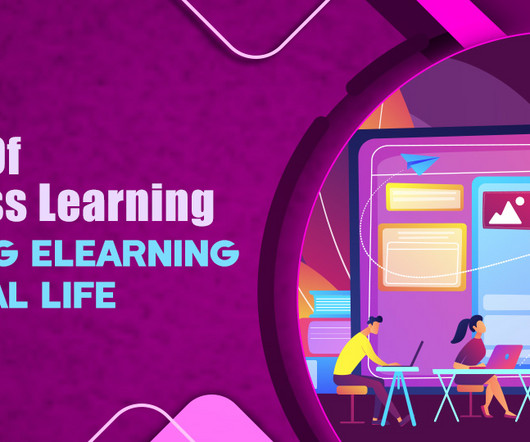












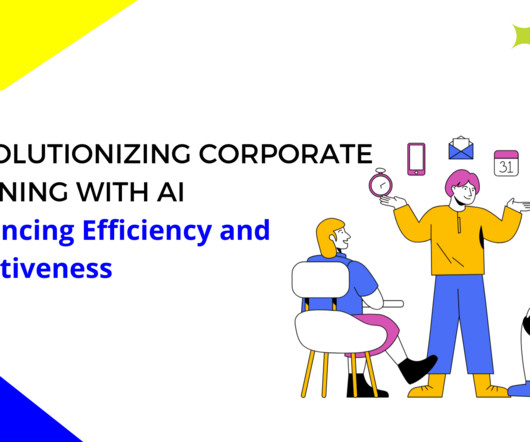
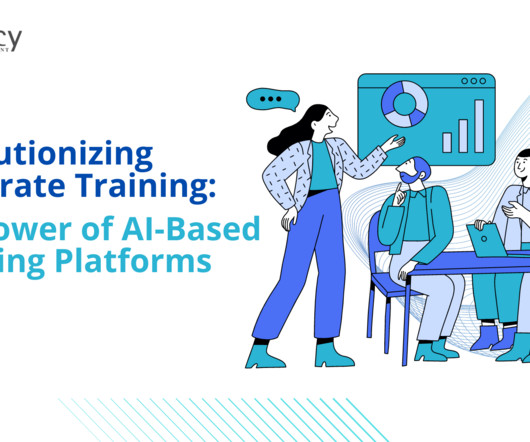
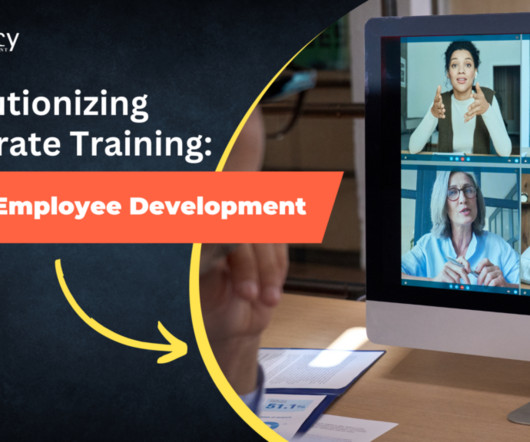




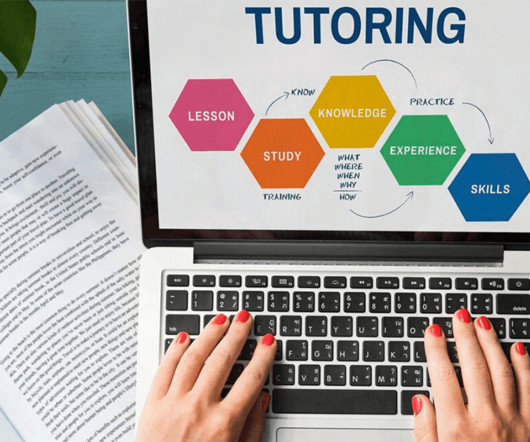












Let's personalize your content